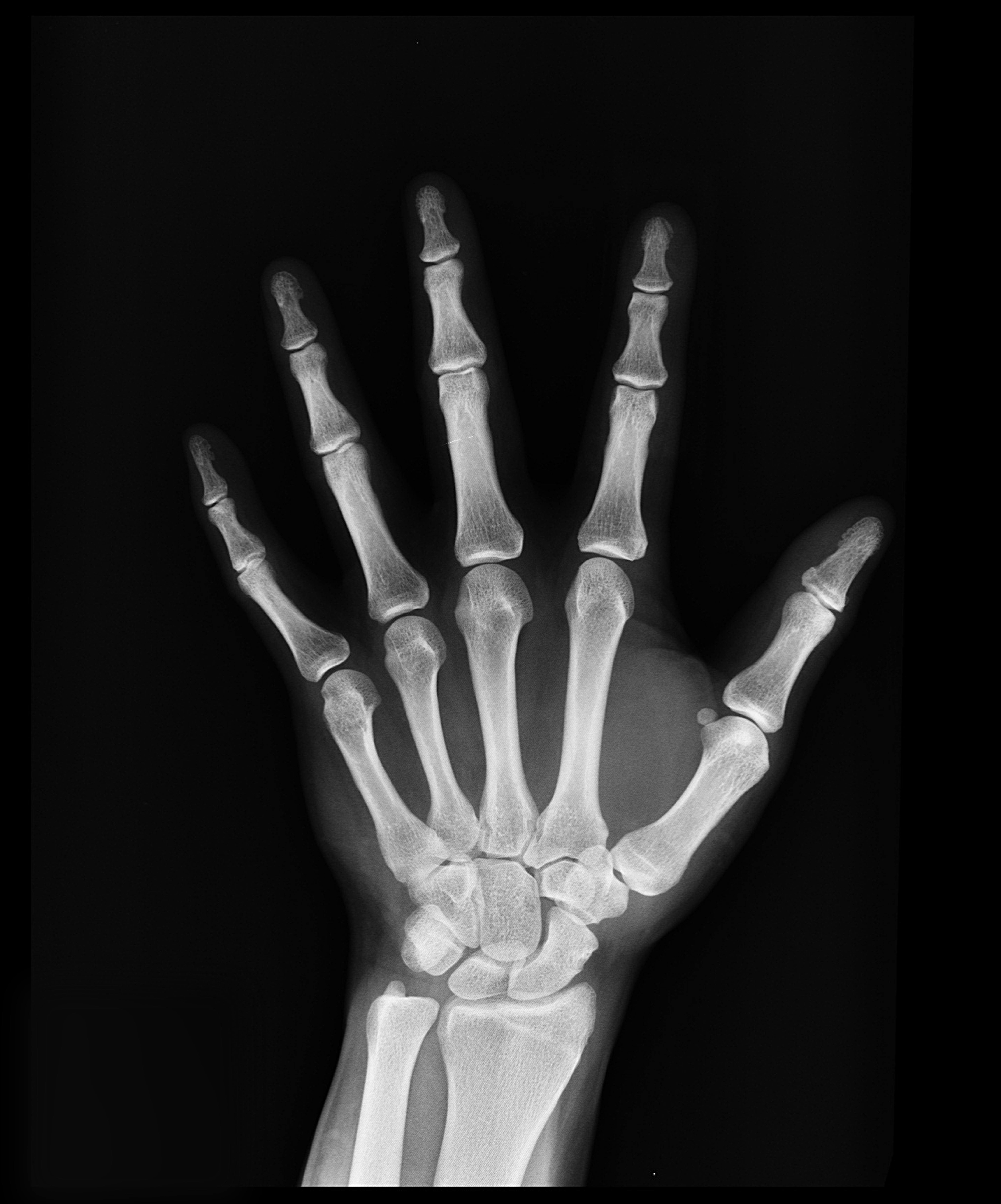HieCAP Bone Scaffold

Every year, millions of individuals suffer from bone defects caused by road accidents, trauma, cancer, tumours, or bone-related diseases. A significant number of these patients face fatal outcomes due to the lack of ideal bone tissue replacement. While most commercial bone graft substitutes are composed of Hydroxyapatite (HA) or β-Tricalcium Phosphate (β-TCP) and are highly biocompatible, they exhibit poor mechanical strength and high brittleness. Furthermore, their low carbonate content results in slow absorption by the human body, limiting their effectiveness in timely bone regeneration.
The HieCAP bone scaffold adopts a dual-function approach to address current limitations in bone graft substitutes. Firstly, it serves as a bone replacement by incorporating 6–9 wt% carbonate content, closely mimicking the composition of natural bone. Its interconnecting pores with 65–75% porosity and surface roughness promote effective cell attachment, while a polymer coating enhances mechanical strength. Secondly, the scaffold enables controlled drug release by embedding antibiotic-loaded PLA microspheres, which help to minimise infections at the defect site. This integrated design supports both structural regeneration and localised infection prevention.
The innovation of the HieCAP bone scaffold lies in its dual-function, biomimetic design that closely replicates the structural and compositional characteristics of natural bone while addressing the limitations of current bone graft substitutes. Unlike conventional scaffolds that lack adequate mechanical strength and bioresorption rates, the HieCAP scaffold incorporates 6–9 wt% carbonate content to enhance bioactivity and accelerate absorption. Its porous structure (65–75% porosity) and surface roughness promote superior cell attachment, while a polymer coating reinforces mechanical strength to reduce brittleness. Additionally, the integration of antibiotic-loaded PLA microspheres provides controlled local drug release, significantly reducing the risk of post-implantation infection. This comprehensive approach enables both effective bone regeneration and infection management in a single, scalable solution.


